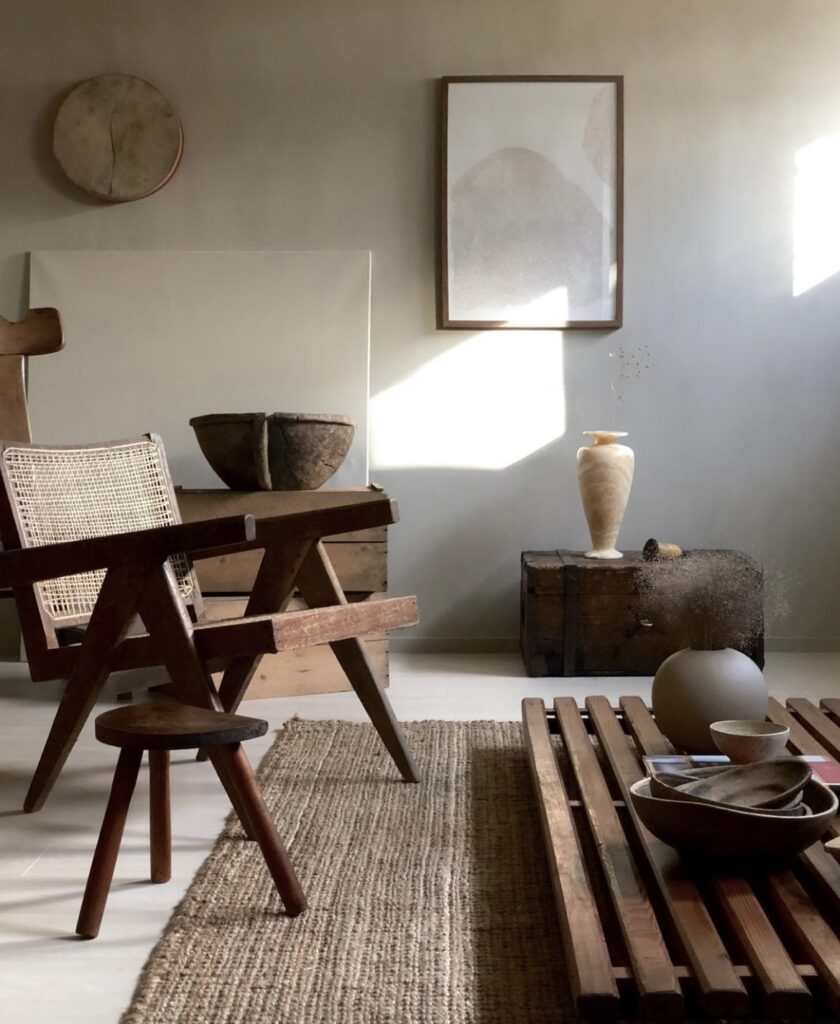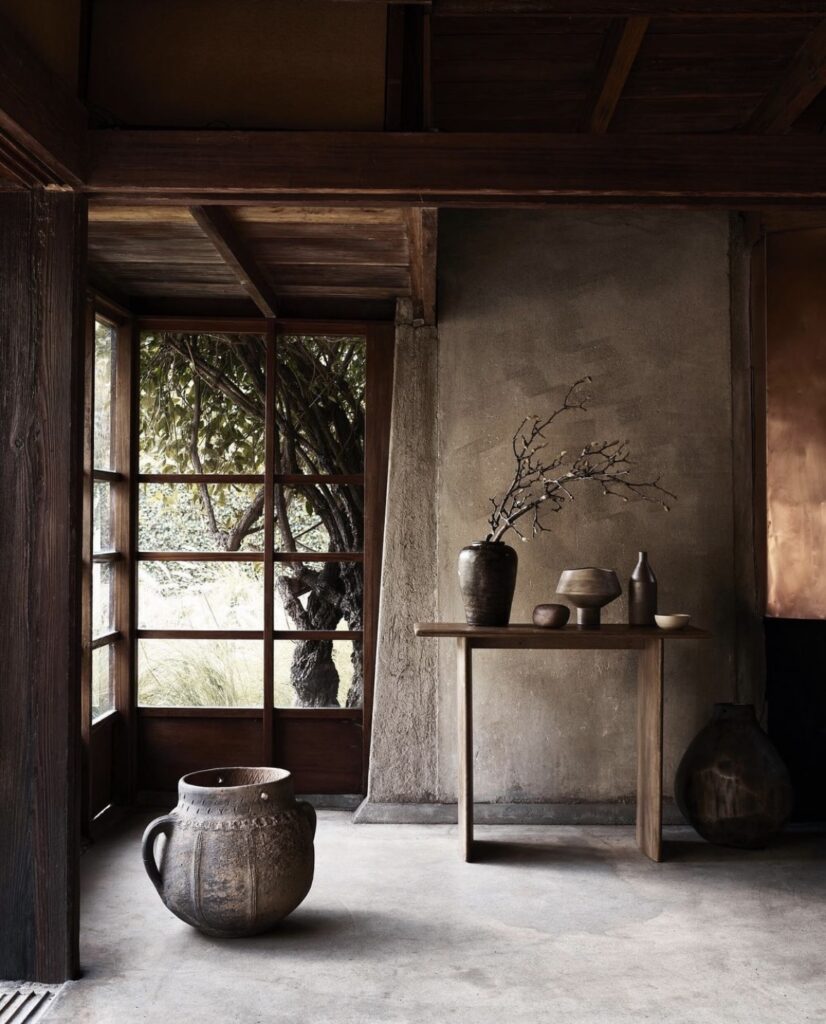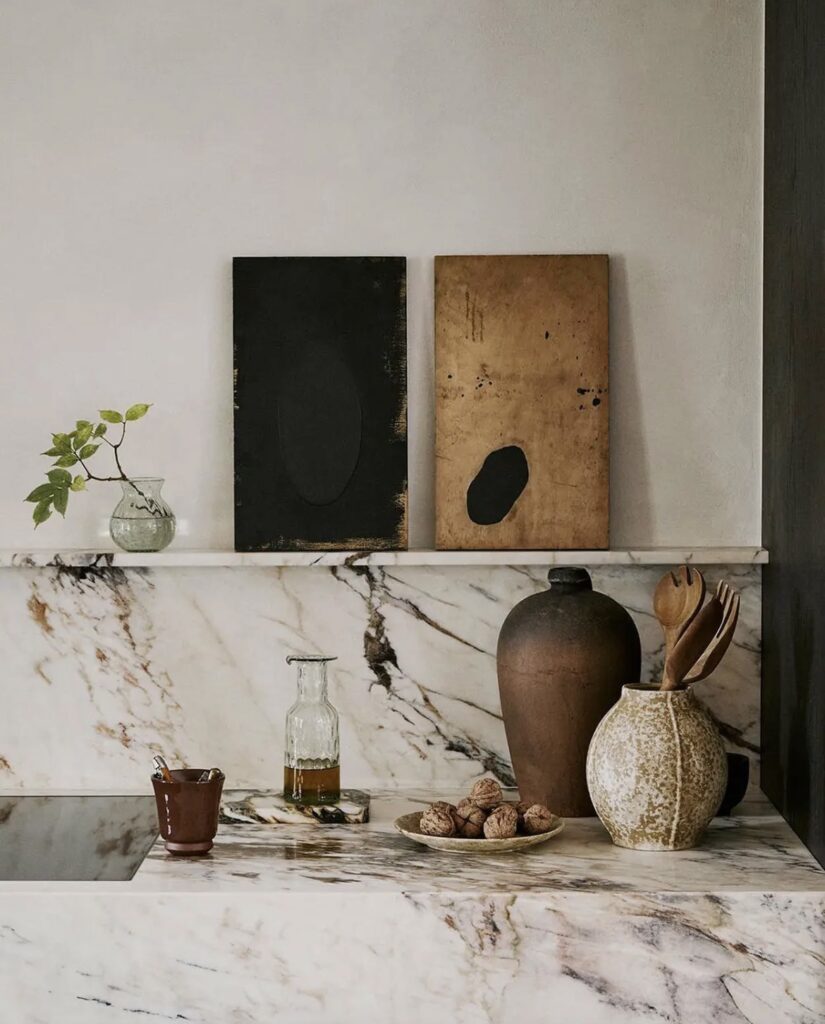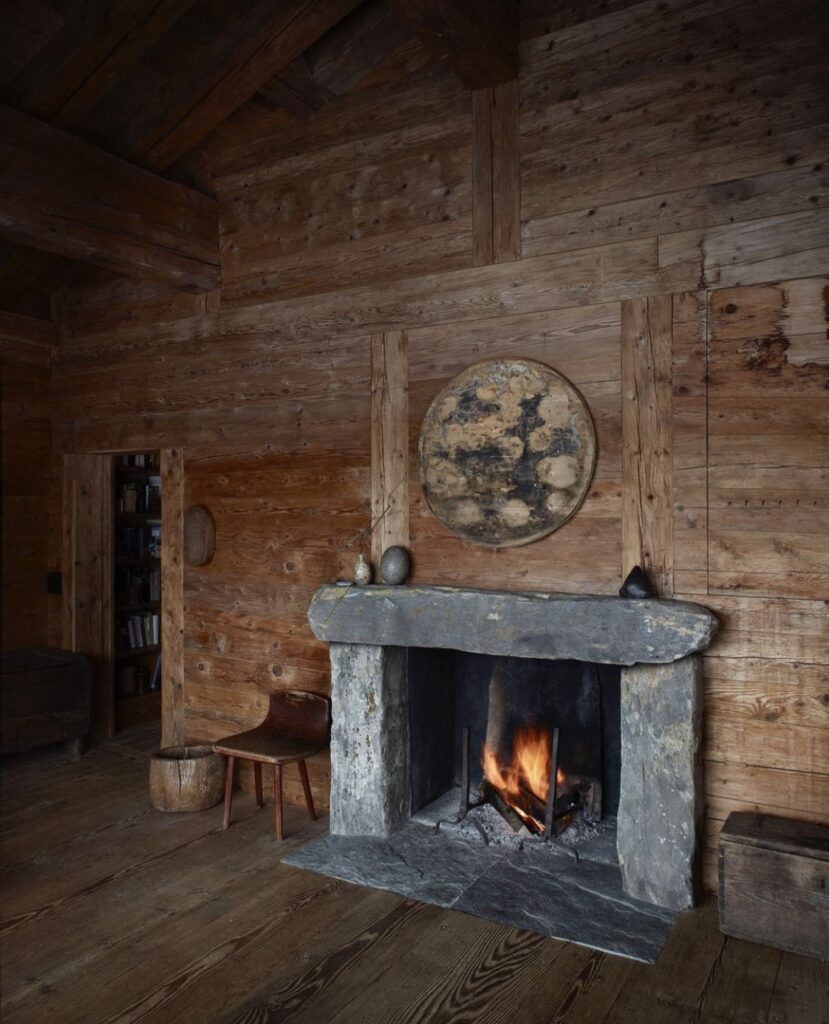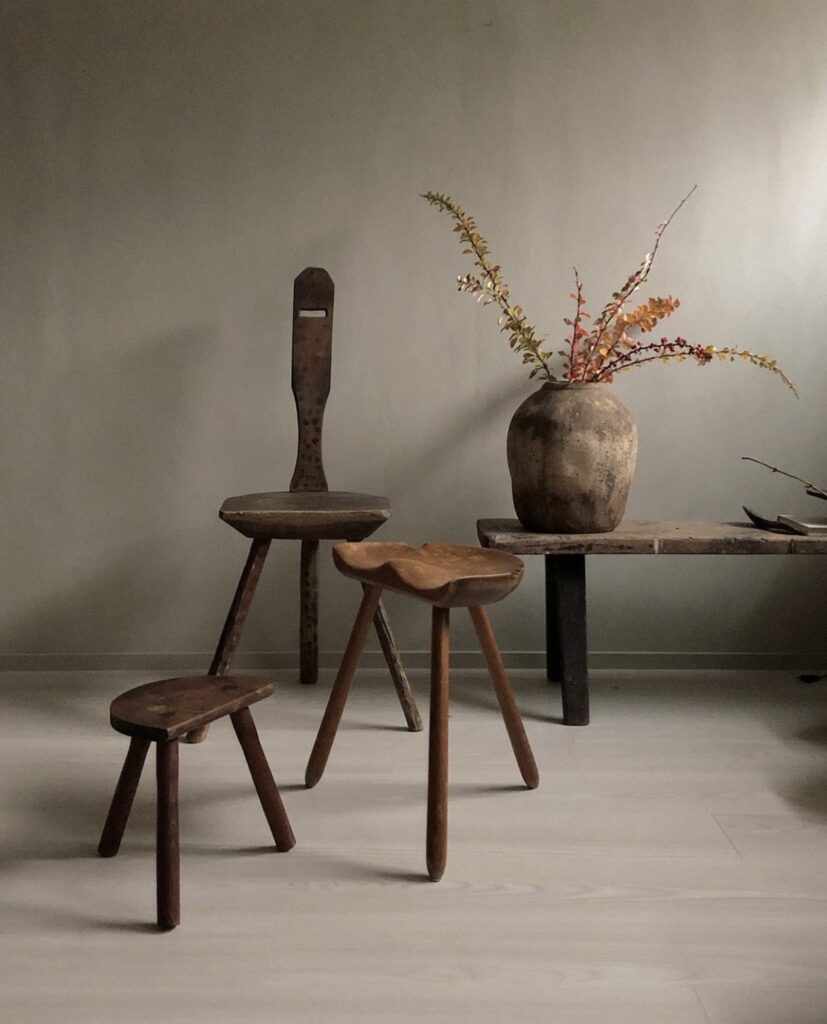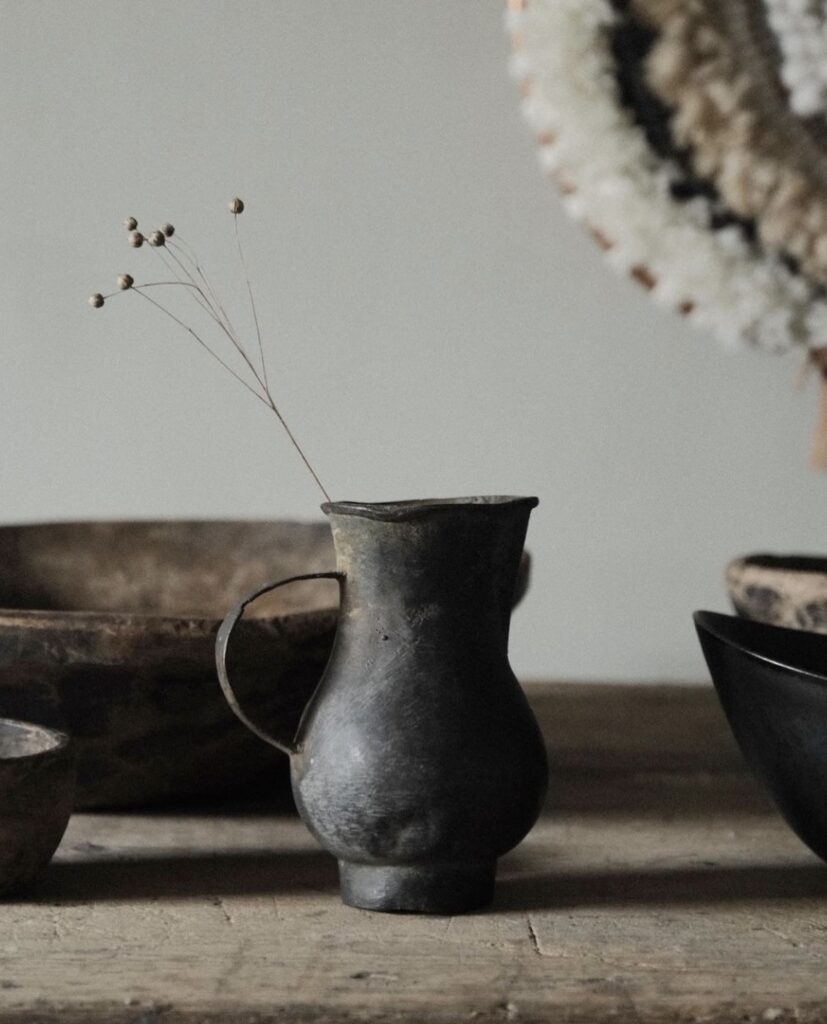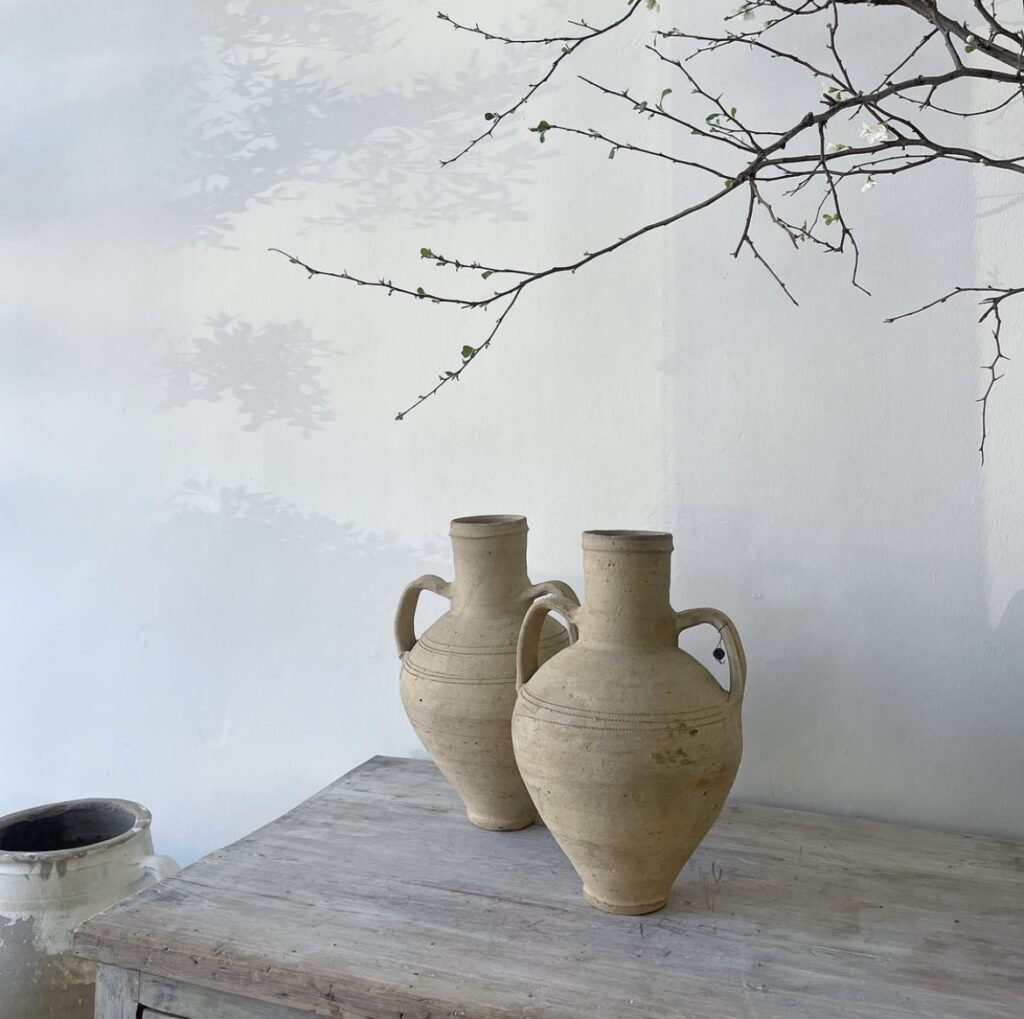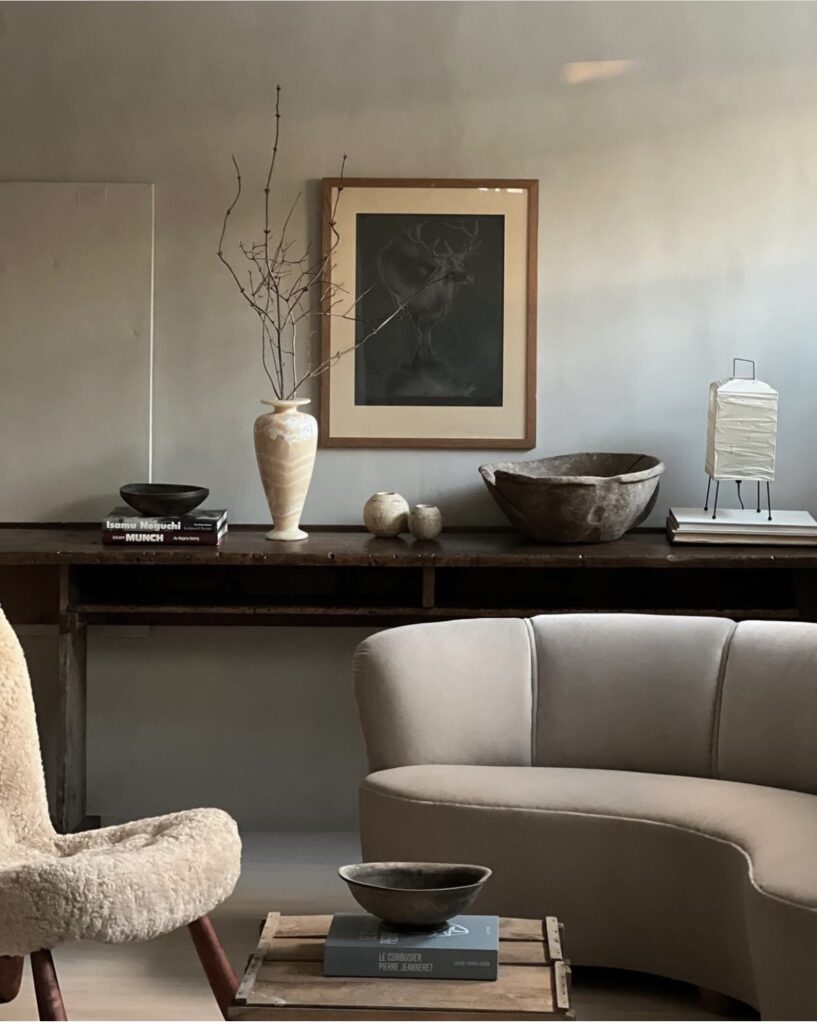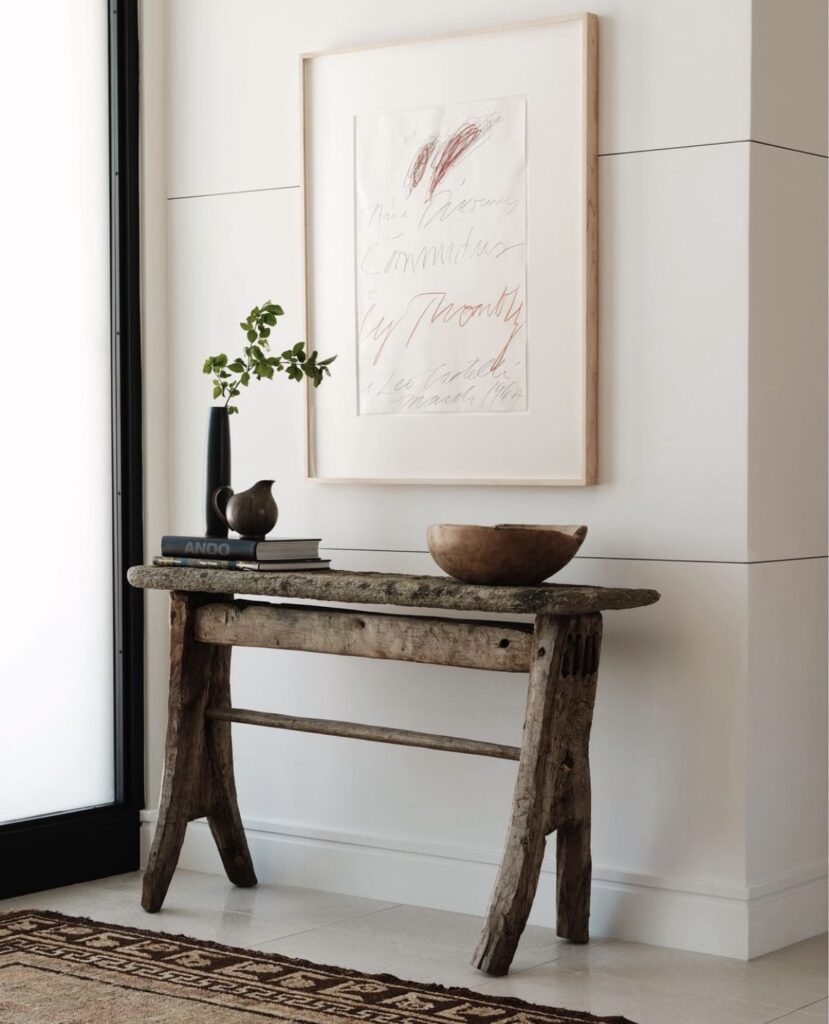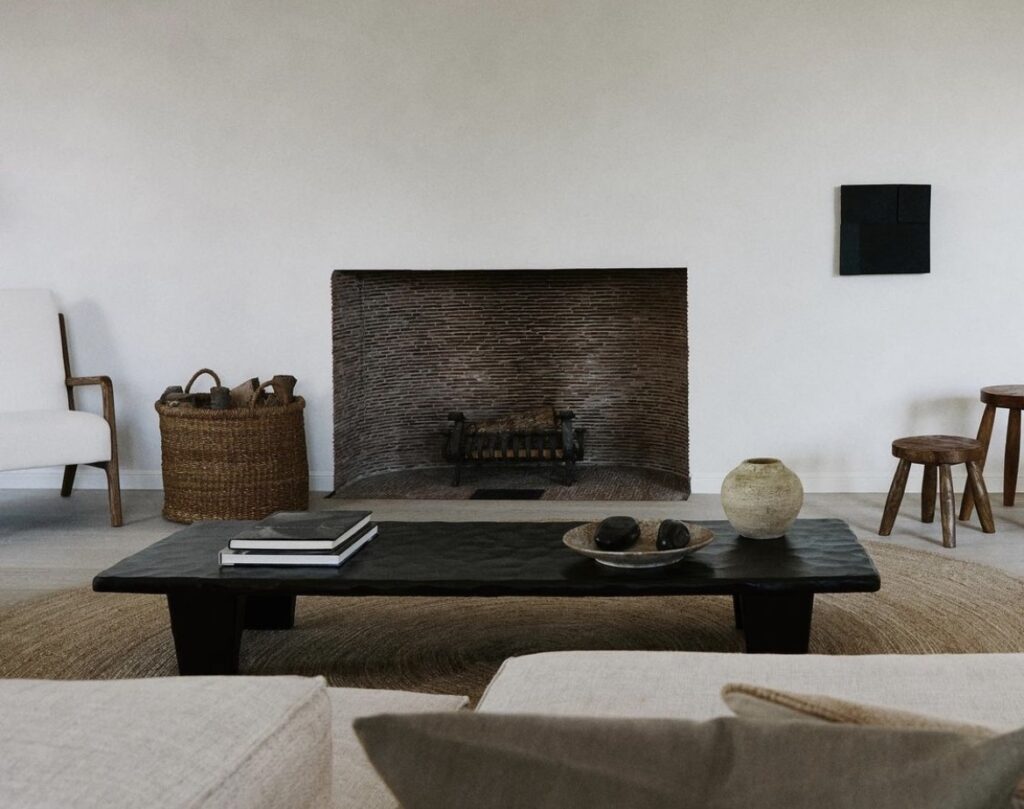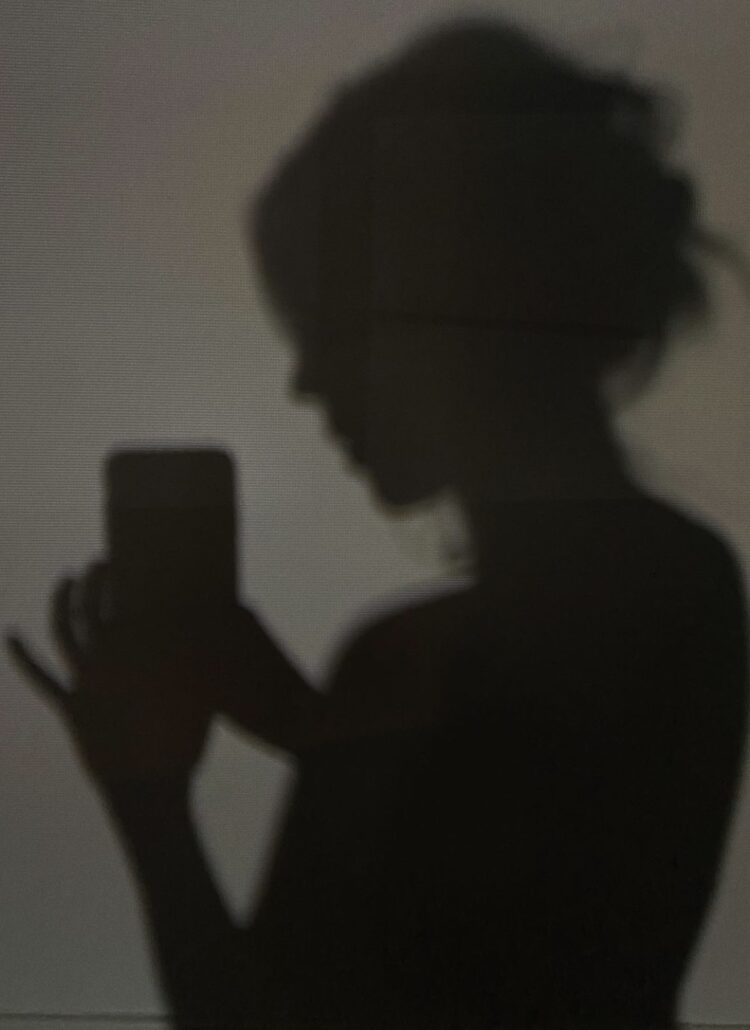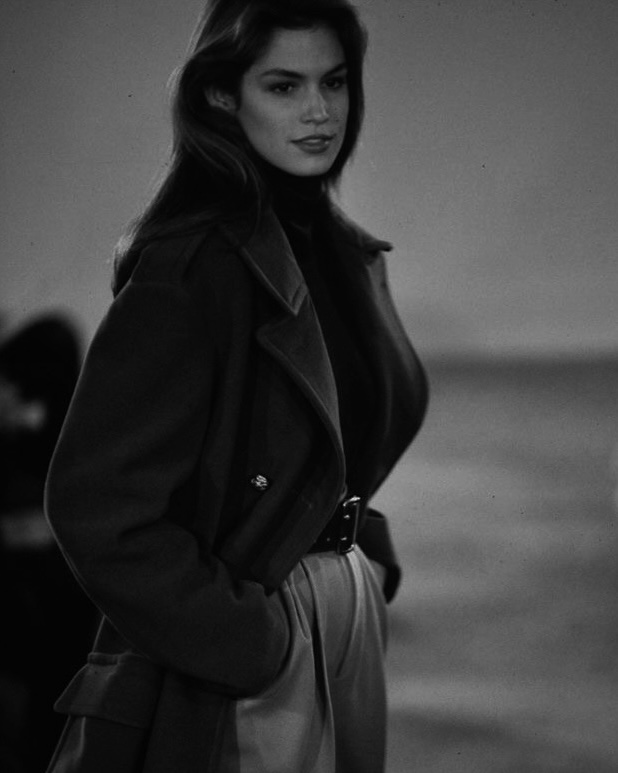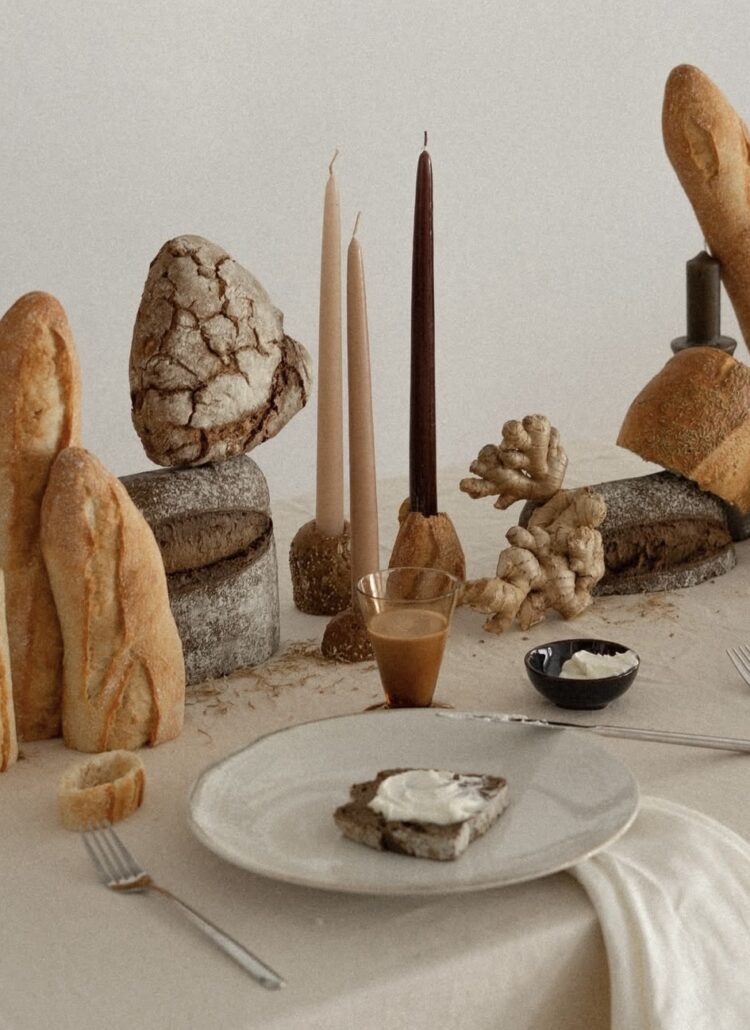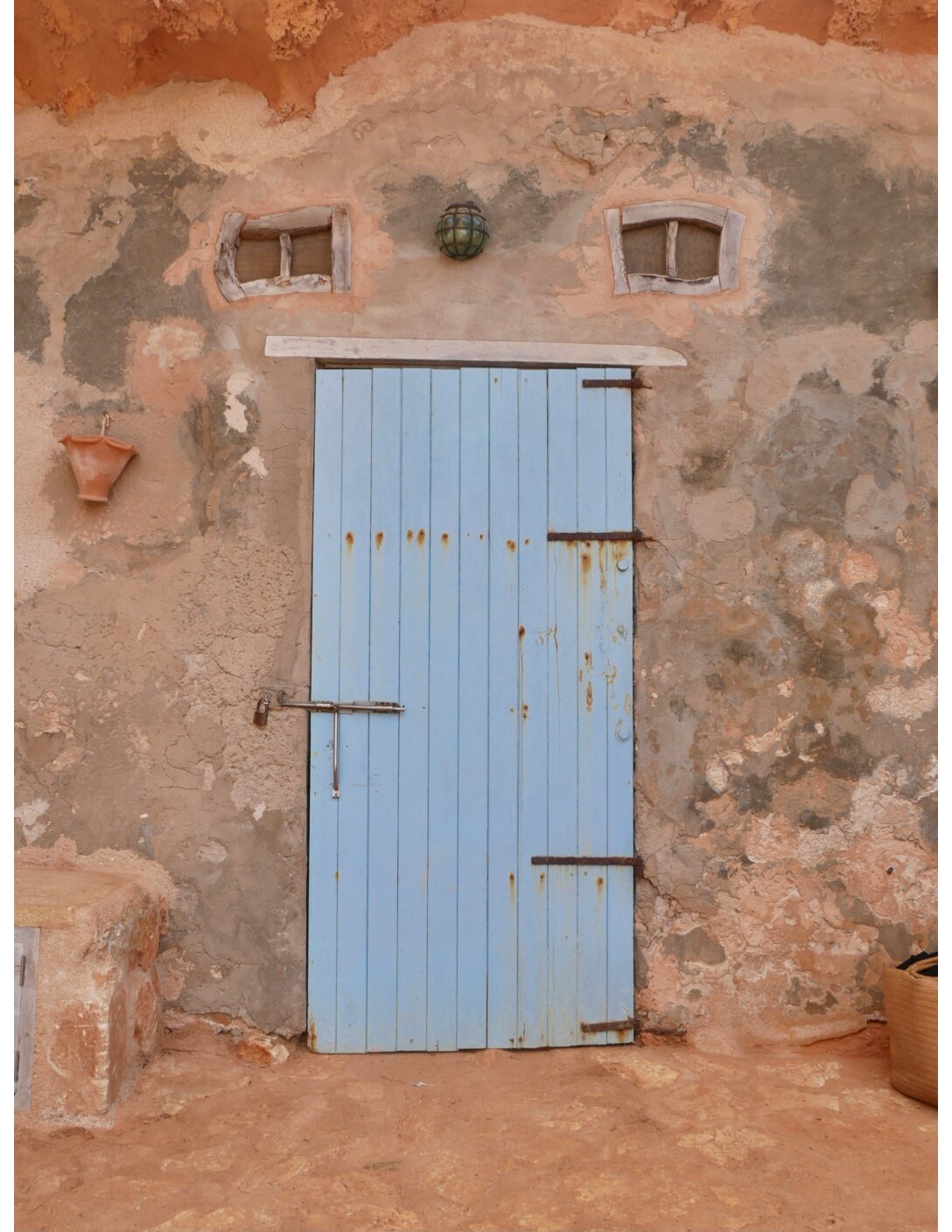To find the beauty in imperfection — that is the philosophy behind wabi-sabi design.
Also known as modern organic design, the wabi-sabi interior style trend has continued to grow in appreciation and presence in homes and so many all familiar spaces. Naturally, the interior design style radiates this feeling of a grounding acceptance of the passage of time. Which, fittingly, feels like the perfect design element to incorporate into a space that we ourselves and our loved ones living in for years to come.
So where did this concept of wabi-sabi design come from?
Inspired by the Buddhist’s understanding of impermanence, the wabi-sabi philosophy specifically focuses on the Japanese philosophy of the natural process of materials.
Instead of the more modernized view of the western world keeping materials in this unattainable pristine condition, the wabi sabi principle hones in on this appreciation that nothing in life lasts, which then, welcomes this idea of finding beauty in imperfection.
The philosophy serves as a reminder that time is fleeting, and because of it, this new kind of beauty and mindful appreciation for the present moment is adopted.
So instead of giving into the pressures of everyday life of keeping material objects in mint condition, this guiding principle invites us to let go of what we can’t control, like the wear that time and age that reminds us to enjoy the simple pleasures in life.
What Does Wabi-Sabi Mean?
Originally defined as two separate words, wabi alone, means living in lonely seclusion from society while being immersed in nature; while sabi, means weathered and worn. Then in the 14th century, that is when the words were finally brought together to bind each of their positive qualities. The term wabi-sabi was then born to embody a deep appreciation of beauty in the aging, natural world, and the imperfections it inevitably carries with it.
While rooted in its Japanese philosophy, the concept itself also embraces the Buddhist teaching that ultimately promotes the unwavering acceptance that life is always in a state of change. Therefore, not only does wabi-sabi refer to material things, but also the Zen Buddism way of life that appreciates the beauty in imperfection that comes with age.
In short, wabi-sabi encompasses this minimal Japanese way of living that harmoniously embraces simplicity and natural imperfection.
Shortly following the birth of the term, wabi-sabi then paved a natural path to invite an aesthetic, design style, and an all-encompassing way of living that instills a sense of peace, minimalism, and mindfulness in our aging world.
What is Wabi-Sabi Design?
When incorporating the wabi-sabi interior aesthetic into your own space, embracing this deep connection in “finding beauty in imperfection,” is key.
Think natural materials weathered with age, natural textures, and even embodying a way of life that instills mindful simplicity.
When it comes to the elements of wabi-sabi style that pulls from this Japanese philosophy, think of an aesthetic that embraces an earthy, neutral palette of muted colours that draw from nature itself.
Then, layer in home accent pieces that look as if they were crafted from natural materials like wood, stone, clay, and other unearthed materials.
Here are a few characteristics you’ll find in wabi-sabi design:
- Radiates simplicity
- Irregularity & asymmetry
- Earthy colors
- Emanates a sense of calm
- Imperfect feel
- Signs of wear from age & natural elements
- Reclaimed & vintage element
- Radiates feelings of warmth & a lived-in nature
In a wabi-sabi home, you’re likely to find the main accents of the space that feature a weathered and aged state — which all are meant to inspire a reflection on the flawed beauty found in minimalism. Every design element of its interior style celebrates the simple things and sparks a reminder that the passage of time carries with it so much beauty.
True wabi-sabi style will forever show signs of age, which hint at signs of a lived-in quality. A sense of history will make itself present, and in every detail of wabi-sabi interiors will inspire the eye to picture the warm memories that caused that wear and tear.
When in doubt, remember that the essence of wabi sabi style embraces the sense of flawed beauty. So, when finding home decor that radiates wabi-sabi elements, you can bet that exploring places like flea markets and other second-hand boutiques and shops will often serve as a treasure trove to find these unique pieces. Don’t have a great selection of antique shops and markets near you?
Etsy and other online shop that sell these aged-looking home decor pieces are great places to uncover unique, handmade pieces. Some keywords to start your search can be, primitive vessels or vases, decorative bowls, artisan vase, antique terracotta pottery, and specific pieces with a naturally worn finish.
And while the variety of pieces to include in your wabi-sabi design style are endless, some statement pieces like a primitive coffee table, 15th-century vases, handmade pottery, and even concrete walls will go a long way to powerfully instill your space with the wabi-sabi design concept. Know also that symmetry is also not common in the wabi sabi design style. Instead, look for more rustic materials with organic shapes that look like they were handmade and even naturally altered through the passage of time. While it may still have been made by a master craftsman, remember that infusing those imperfect features is a conscious choice to create that aged, natural look.
To kick start your own journey to incorporate this Japanese design trend into your own home, here are some wabi-sabi design ideas from interior designers and home decorators, like yourself, that’ve successfully embraced the essence of wabi-sabi design into their own personal spaces.
All opinions are my own. All images are not my own.
